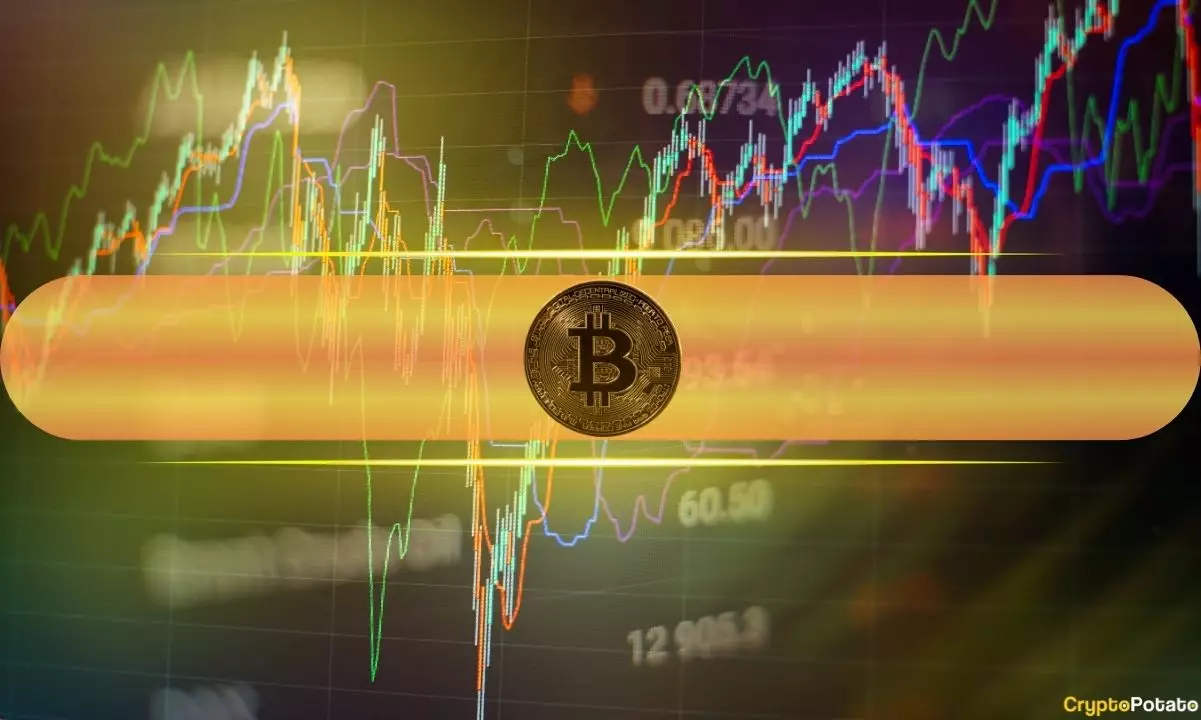Recent data has painted a grim picture for the manufacturing sector, as diminished activity continues to plague this significant industry. The Purchasing Managers’ Index (PMI) has indicated a contraction for the third consecutive month, a troubling sign that raises questions about the broader economic stability. When a main pillar of our economy shows such persistent weakness, it serves as a clarion call for policymakers and stakeholders alike to reconsider their strategies. It’s an alarm that, while it may have its early warning signs, often hints at deeper structural issues that remain unaddressed.
Services Sector Shrinking at an Alarming Rate
The services sector, which historically functions as a buffer during manufacturing downturns, is not faring any better. For the first time in nearly a year, observed shrinkage in this sector sends shockwaves through consumer confidence. This will not only affect current spending habits but might also cultivate a pervasive skepticism about future economic conditions. As this sector absorbs the blow of contracting activity, we can envision a ripple effect that permeates through various community layers, ultimately weighing down small businesses and larger enterprises alike.
The Crypto Market: A Double-Edged Sword
Adding to the uncertainty is the volatile state of cryptocurrency markets. Following a tumultuous exchange between tech moguls such as Elon Musk and former President Trump, crypto fortunes have become even more precarious than usual. While some may consider themselves savvy investors while riding this digital wave, the reality is that many are merely gamblers in a circus of chaos. Indeed, the recent 2% decline in total market capitalization reflects an environment ripe with speculation and unrest, showcasing how quickly fortunes can evaporate.
Inflation Data: The Looming Threat
As we brace for the release of this month’s Consumer Price Index (CPI) and Producer Price Index (PPI), we cannot ignore the potential ramifications of these reports. Inflation has become an omnipresent issue, twisting the fabric of economic interactions. A high CPI could affirm the fears of both investors and consumers, creating trepidation around spending patterns and business investment. If input costs continue to rise, the inevitable inflationary pressures may lead to not just heightened prices but potentially stunted economic growth.
Consumer Sentiment: The Real Barometer
Crucially, the Consumer Sentiment Index is on the immediate horizon, promising to unearth deep-seated public attitudes toward the economy. This index is an underappreciated indicator of long-term health; when consumer confidence wanes, so too does spending, which is paramount for growth. The anticipated findings could provide clarity or further fuel apprehension, making it a vital reading in the lead-up to the Federal Reserve’s scheduled meeting.
While there remains a seemingly infinitesimal chance of policy interest rates changing for the immediate future, we must ask whether that is sufficient to stave off economic malaise. Inaction can be just as harmful as missteps, and the side effects of a protracted period of stagnation will, more than likely, outweigh the benefits of the status quo. Thus, it’s imperative to recognize these distress signals as we navigate the tumultuous economic landscape.















